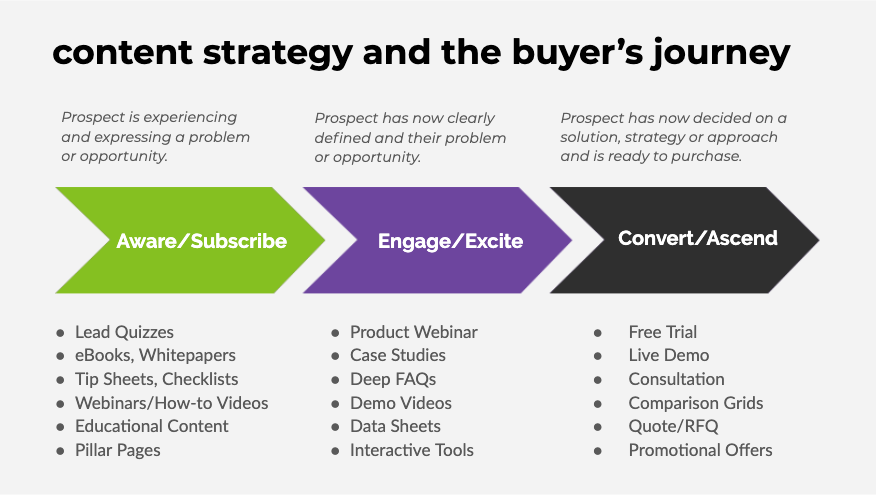During challenging economic times, the temptation to cut back on marketing can be overwhelming. This is particularly true of digital spend on tactics like Google Ads if you have not seen a clear return on those marketing dollars. However – based on the most important marketing key performance indicators (KPIs) like sales revenue, cost per lead and Customer Lifetime Value – Google Ads generates the highest conversion rate and ROI of any comparable digital tactic. It’s also the tactic that can generate sales the fastest - especially for eCommerce and online booking businesses.
This article will cover the most important areas that you can optimize to improve your return on ad spend (ROAS) and reduce the cost of acquisition on Google Ads.






